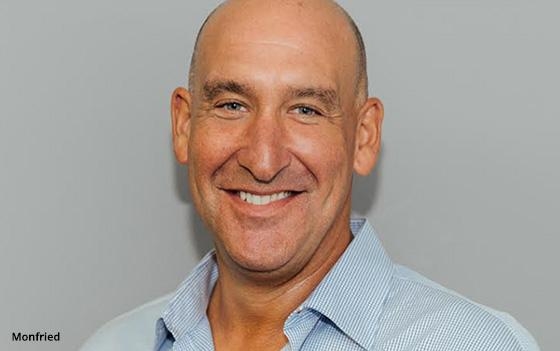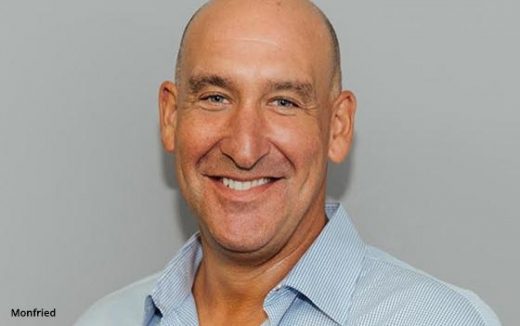Lotame’s Growth, Culture Products Of Founder’s Near-Death Experience
Lotame’s Growth, Culture Products Of Founder’s Near-Death Experience
by Laurie Sullivan @lauriesullivan, July 6, 2017

Nearly 20 years later, Andy Monfried, founder and CEO of Lotame, better understands how a near-death experience helped him shape the company into a successful and transparent data management platform (DMP).
On a visit to Israel in September 1997, a bomb ripped apart the restaurant where he and his wife were dining. A wood column saved their lives, catching the nails and screws spiraling from the device strapped to the suicide bomber.
Shortly after, Monfried returned home to the U.S., one of a few survivors, grateful to be alive, yet shaken by his experience. Now he’s writing a memoir on how those few moments continue to influence each day after.
“Life’s too short to put up with bad energy,” he said, adding that being transparent in his personal and professional life is a big part of his character and Lotame’s culture. “We’ve refused to work with some clients for the way they treat employees, and I’ve fired employees for being too political and negative.”
The near-death experience gave Monfried an interesting perspective on personal and business experiences. For example, he believes that in the next 12 to 24 months, the word “online” will disappear from the terminology used to describe advertising. “Advertising will be called advertising, because nearly all devices are connected, including billboards,” he said.
In fact Lotame is working with an all IP-enabled billboard company — and Monfried believes that soon ad targeting will mostly become predicated on identity.
Targeting will become increasingly personal. “When you want to reach someone, it will become a sequence of events across multiple devices with proven points that those ads were delivered,” he said.
Lotame’s business model and the convergence of traditional and digital continue to foster growth for the company. While Monfried declined to provide specific details on revenue growth, he notes that the company, supported by about 150 employees, has seen the number of data feeds grow by more than 400%; trafficked segments, more than 300%; and number of data attributes collected by more than 300% — all since 2015.
In the past quarter, the company picked up partners iQ Media, Phunware, AMP Agency, Cint, Survata, TownNews.com, Adshel, Adslot, Greenlight Digital, and SintecMedia.
IQ Media and SintecMedia are partnerships that have helped advance Lotame’s TV DMP product.
Apart from the life-changing personal experience, Monfried cites industry trends like data and media quality, clean consumers profiles, identity management, and the ability to use artificial intelligence or another technology that makes real-time decisions, driving changes at the company.
Transparency has become a huge focus because DMPs are good at taking raw data and making sense of it. Even in research and development, Lotame developers now focus on attribution and the ability to link together digital advertising, marketing tech and television to ensure Lotame customers get a clear view of how consumers make the journey from finding products to making purchases.
In the early days, Lotame helped marketers use social data. And while the company still supports social data, the trend has moved toward connecting digital with television data.
“The TV space isn’t that complicated,” he said. “Everyone thinks it’s a big Rubik’s Cube of information, but in our world it boils down to connecting TV viewership data, first-party audience data, devices such as TVs, and identity.”
Monfried sees search data helping to assist in determining the terms that drove TV viewers to engines like Google and Bing to find more information about a brand’s products, especially for new products like Bing Ad Customer Audience Targeting, which allows advertisers to import data from their DMP partner.
“You need search to close the attribution gap, but looking at search as an independent piece of the attribution funnel is wrong,” he said.
He equated search to throwing a basketball into a hoop while standing about two feet away. Most people can make that basket, even those who never play. “You can develop a cadence,” he said. “Everyone has done it. But if I put you at the three-point or foul line, you probably wouldn’t make it unless you were a good basketball player.”
MediaPost.com: Search Marketing Daily
(21)


